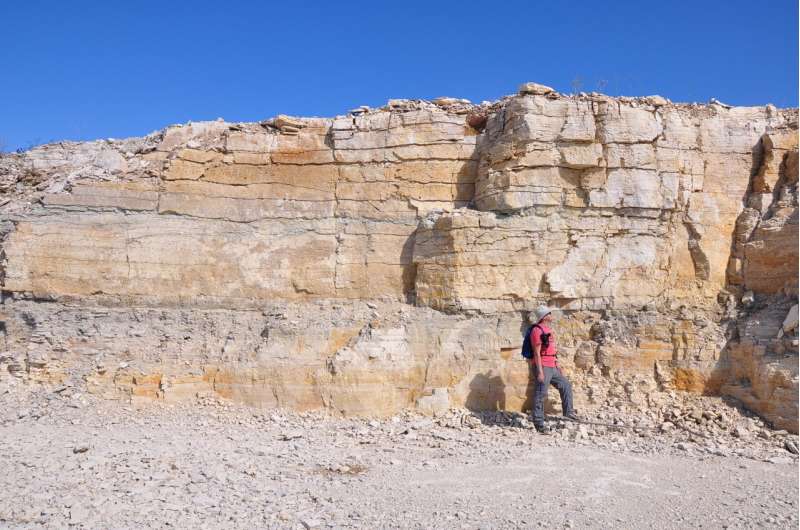Braid: Premier Smith blasts David Parker of TBA for attacks on Poilievre and wife
This is the first time Smith has uttered a word of criticism about Parker

Article content
Well, finally.
Premier Danielle Smith tore into Take Back Alberta Leader David Parker Tuesday, urging him to “get some help.”
She condemned his “bullying” comments about Conservative Leader Pierre Poilievre and his wife Anaida.
“I just don’t want to be associated with that kind of commentary and I don’t want to be associated with that kind of personal attack and bullying,” she said at a news conference.
“Yes, I told him to delete his X (formerly Twitter) account and get some help.
“I want nothing to do with any kind of comments that are personal in nature, that are bullying in nature. We just should not be putting up with that in the public square.”
This is the first time Smith has uttered a word of criticism about Parker. She knows him well and attended his wedding.
But politically, Parker has worried Smith and her people for a long time. Now he’s gone too far even for the libertarian premier.
Appearing to respond to public comments that Parker controls her, Smith said, “I have to be absolutely clear that nobody tells me what to do as premier. The people I take my marching orders from are Albertans.
Parker says Smith urged him not to appear on a podcast Monday (available on Dean Blundell’s YouTube channel).
Many other people told him the same thing, but he went on anyway — and escalated his earlier remarks.
Parker continued to insult Conservative consultant Jenni Byrne, one of Poilievre’s key strategists, calling her an incompetent loser.
In the initial tweet that started this bonfire, Parker said Poilievre and Byrne were once in a relationship (hardly a secret in Ottawa).
Professing sympathy for Anaida, Parker said the leader should not be working today with somebody he used to sleep with.
On the podcast Parker revealed a motive far beyond sympathy.
“That (tweet) could be construed as me attacking Anaida to get to Pierre, but that’s not happening,” he said.
“What’s happening is that Anaida is a ruthless political operative in her own right.
“Which is part of why she married Pierre Poilievre, and she has been actively going around blackballing me and telling people not to work with me.
“The reason I sent that tweet is to send a message to Anaida that I punch back, and if you continue going around trying to hurt me and the people I care about, punch back again.”
Byrne and Poilievre’s office both say there will be no comment for now.
In the end, this uproar seems to be about complaints that he was pushed into junior roles during his years in Ottawa.

Parker built the Take Back Alberta movement that is often said to have great influence over the governing UCP.
Delegates sympathetic to his causes completely ruled policy decisions at last November’s UCP convention.
Now he spews political poison that makes many loyalists hope he vanishes down some remote gopher hole. The nearly universal outrage shows he has alienated his own base.
Parker said everyone he knows tried to steer him away from the podcast — friends, adherents, colleagues, even his wife and parents.
“Nobody in my life is currently supportive of me appearing on this show,” Parker said.
“In fact, I’ve had old mentors send texts that I should never contact them again. There’s been a lot of pushback on me doing this.
“But I feel that it is absolutely the right thing to do. And I’m following my conviction in that regard, despite the intense pressure to do otherwise.”
That makes it easier for Smith to finally criticize him despite his lavish praise for her actions in government.
“She actively asked me to not do this interview,” he said.
“She told me she thinks I need to seek help for doing this interview, that I’ve gone insane.
“She’s not the first premier to say I’m insane . . . but I really feel like I need to do this. It’s my moral duty.”

Parker also claimed Prime Minister Justin Trudeau watched the podcast.
“I’ve been told by a number of people, actually dozens of people, that (he) will be watching this episode.”
Parker praised Trudeau’s campaigning skills — “genius,” he called them — and then graciously forgave his sins.
“I have a very specific message that I’d like to convey to Justin Trudeau before I continue this interview, and it’s that I forgive you,” Parker said.
Trudeau’s actions are still wrong, Parker continued, “but I want you to know that the hate in my heart is gone. I have forgiven you.
“And I hope that the people of Canada will also forgive you, because I believe that it’s actually their hate that fuels you to keep going.”
For Poilievre’s Conservatives, some good may yet come of this. Trudeau could die laughing.
Don Braid’s column appears regularly in the Herald
X: @DonBraid
RECOMMENDED FROM EDITORIAL

Braid: Now TBA's Parker insults Poilievre. Will Premier Smith ever disown him?

Braid: Parker's ugly attack on Nenshi, and the politics of personal insult



















